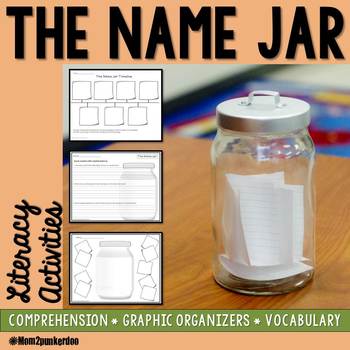Spring is finally in the air and with it can come some antsy children (and teachers). It is understandable. The sun is shining, the air is clean, and so many things are changing, growing, emerging. Sitting still can be a challenge when all these changes are taking place outside the window.
There are a great deal of ways to incorporate more movement through brain breaks, recess, or physical education class. GoNoodle is a great motivator for students and an easy way for teachers to provide a brain break. Allowing students to move throughout the classroom during different periods within the day such as center time, independent reading time, or writer's workshop can also be helpful.
Eric Jenson, author of Teaching With the Brain in Mind, explains that movement is a cognitive strategy because it strengthens learning, improves memory, and impacts motivation. Many of our students learn best by doing. Kinesthetic Learning Strategies has a great post that explains simple ways to incorporate more movement into learning. I love the idea of brain breaks, play, recess, PE, but I wonder, are the smaller movements throughout the day just as important? And if so, how can I plan for more movement into my lessons?
There are many different creative ways to add more movement into lessons but sometimes it just means looking at the objective and being more intentional when planning for movement. Some examples are:
Word Sorts: Cut, sort, and glue the words down (and write too!) versus only writing the words
Checking Your Work: after completing an activity, students check their answers on answer keys located around the room versus orally checking their work with the teacher
Math Games: students could play a number bond memory game before they complete a practice sheet versus only a math fact worksheet
Spelling Words: students use motions to spell out the words versus only orally spelling words
Sight Words: finger spelling the words on a textured object (place mat) versus reading the word only
Phonological Awareness: pushing or changing sounds with cubes versus just orally
I started using SCOOTs in my phonics instruction:
The more that I have used them, I realized the amount of movement, practice, and engagement I am able to incorporate into one lesson. I also found out I could use them with a variety of skills.














































I never really thought of "sorts" as being movement activities, but you are right, it is so much more meaningful for them to manipulate those than just writing them down. Thanks for the little ways to incorporate movement throughout my day!
ReplyDeleteAmanda
Thanks so much for reading! I know sorts are small movement...but for some of them...that is all it takes. Just that little bit of extra movement and manipulation can make a difference. You make me rethink things ALL the time so I am glad I could do the same for you :)
DeleteEm
I love your ideas!! Thanks so much for sharing :)
ReplyDeleteLaura